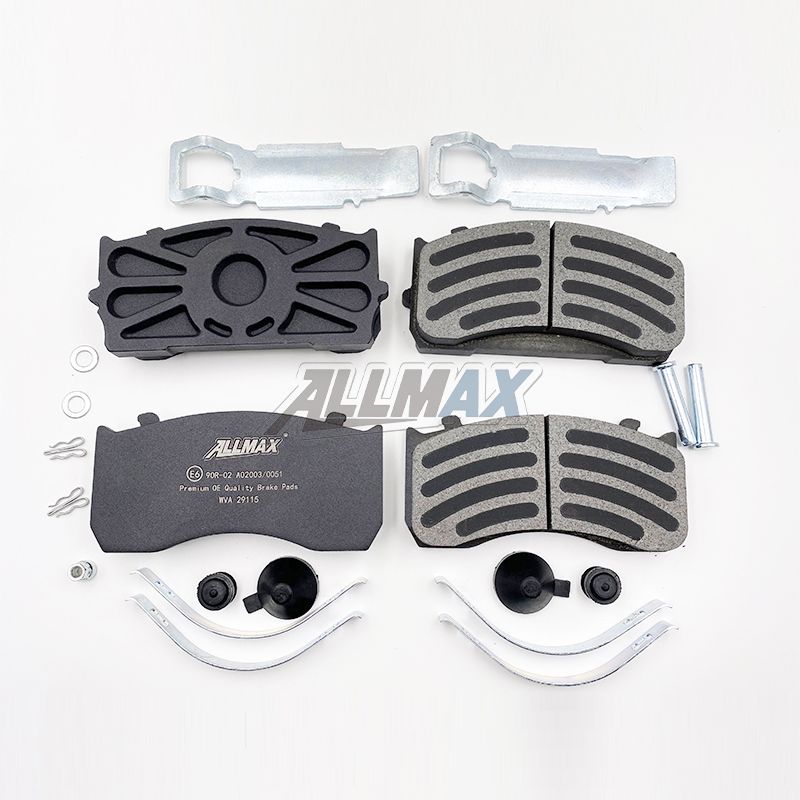Brake Shoes vs Brake Pads – Differences Explained
In the intricate world of automotive components, brake shoes and brake pads are two crucial players ensuring your vehicle's safety. While both serve the fundamental purpose of slowing down your car, they differ significantly in design, function, and application.
Anatomy of Brake Shoes
Brake shoes are a fundamental part of drum brake systems. These systems are commonly found in older vehicles or specific models where cost-effective solutions are preferred. The brake shoes consist of a metal shoe lined with friction material. When the brakes are applied, the brake shoes are pushed against the inner surface of the drum, creating the necessary friction to slow down the vehicle.
Dive into Brake Pads
Contrastingly, brake pads are integral to disc brake systems, the more prevalent choice in modern automobiles. These systems employ a caliper and rotor configuration, and the brake pads play a pivotal role in this mechanism. Composed of friction material, brake pads are sandwiched between the caliper and the rotor. When the brakes are engaged, the caliper clamps down on the rotor, generating the friction needed to halt the vehicle.
Performance Comparison
Frictional Characteristics
The distinction in design between brake shoes and brake pads results in variations in their frictional characteristics. Brake pads, due to their direct contact with the rotor, generally offer more immediate and efficient braking. On the other hand, brake shoes, constrained within the drum, may exhibit a slightly delayed response.
Heat Dissipation
Efficient heat dissipation is vital for optimal braking performance. Disc brakes, featuring brake pads, are superior in this aspect. The exposed nature of the rotor allows for rapid heat dispersion. Drum brakes, with enclosed brake shoes, might face challenges in dissipating heat swiftly, potentially leading to reduced braking efficiency under prolonged use.
Factors Influencing Choice
Vehicle Type
The choice between brake shoes and brake pads often hinges on the type of vehicle. While older models or certain budget-friendly options may utilize drum brakes and brake shoes, modern vehicles, especially those designed for higher performance, tend to favor disc brake systems with brake pads.
Driving Conditions
Consideration of driving conditions is paramount. If you frequently navigate hilly terrains or engage in heavy towing, disc brakes with brake pads are generally more adept at handling increased stress and heat.
Maintenance and Replacement
Wear and Tear
Understanding the wear patterns of brake shoes and brake pads is essential for effective maintenance. Brake pads, exposed to external elements, might wear more evenly, providing a visible indicator for replacement. In contrast, brake shoes, tucked away in drums, might necessitate more proactive inspection to identify signs of wear.
Replacement Cost
While both components are replaceable, brake shoes often come at a more budget-friendly price point. This affordability might be a significant factor for vehicle owners seeking cost-effective solutions without compromising safety.
Conclusion
In the dichotomy of Brake Pads vs Brake Shoes, there's no one-size-fits-all answer. The choice hinges on various factors, including the vehicle type, driving conditions, and personal preferences. Understanding the nuances between these braking components empowers vehicle owners to make informed decisions, ensuring not only safety but also optimal performance.


Comments
0